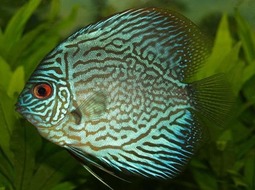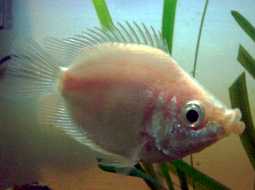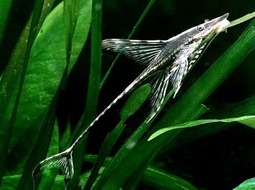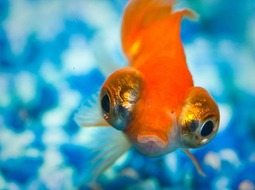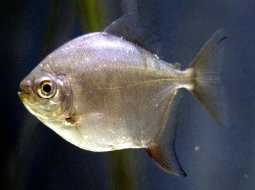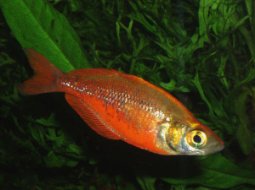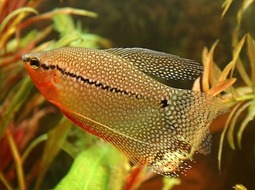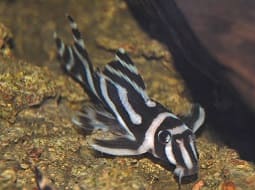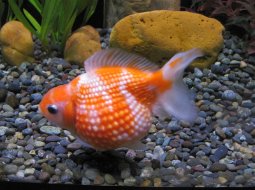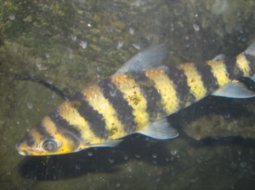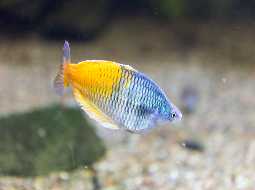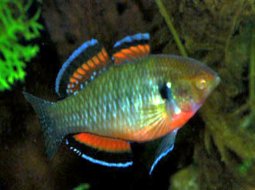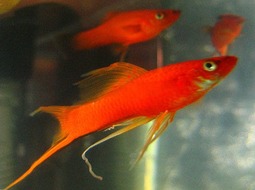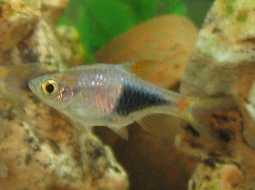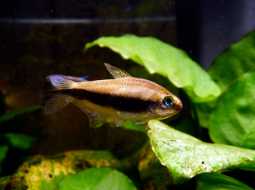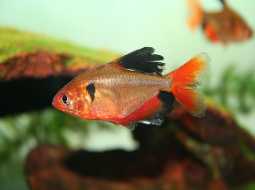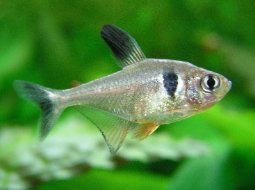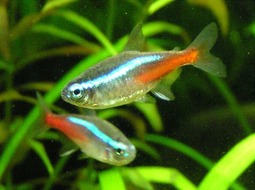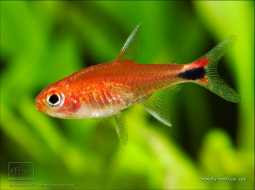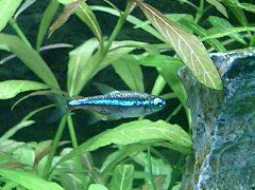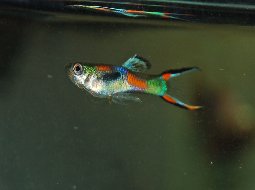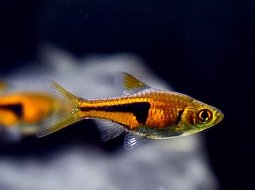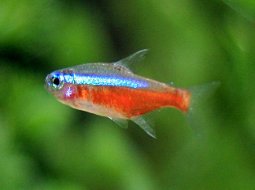
Loading Aqualapp ...
Care and Compatibility of Anentome Helena - Anentome helena
Introduction
The Anentome Helena, assassin snail, or snail-eating snail, is a small and specialized mollusk found in Southeast Asia. Its appeal lies in its unique feeding habit, as it preys on other snails. Commonly introduced into aquariums for snail pest control, this small mollusk is an effective tool for maintaining biological balance. Although voracious when it comes to snails, it is typically peaceful with other aquarium species.
Behavior
The Anentome Helena, also known as the assassin snail or snail-eating snail, is a small mollusk that stands out for its unique feeding habits. Originating from Southeast Asia, this species is commonly introduced into aquariums to control populations of unwanted snails. The Anentome Helena is active, tracking and consuming other snails, thus contributing to biological control. It is generally peaceful with other aquarium inhabitants.
Sexual Dimorphism
Sexual dimorphism in Anentome helena is not easily discernible.
Reproduction
Reproduction of the Anentome Helena occurs in the aquarium, and the offspring develop rapidly. While capable of self-fertilization, having multiple individuals present can enhance the reproduction rate. Ensuring an ample supply of snails for their feeding contributes to a healthy population growth.
Aquarium Conditions
Anentome helena, commonly known as the assassin snail, can be kept in a freshwater aquarium with adequate filtration and a stable temperature between 22-28°C. They are carnivorous snails that feed on other snails, so it's important to provide them with prey such as bladder snails or ramshorn snails. Aquarium décor should include shelters and hiding places.
Feeding
The Anentome Helena is exclusively carnivorous and feeds on other snails. Its specialized diet makes it a popular choice for controlling unwanted snail populations in aquariums. It is important to provide enough small snails as food to keep it active and healthy.
Complexity
Caring for Anentome helena can be straightforward. They are nocturnal and peaceful snails that do not require much additional attention once established in the aquarium. It's recommended to control the snail population to prevent overproduction and maintain water quality.
In case you need more help, or if you want to know into any topic related to the Anentome helena (Anentome Helena) and even any other species you can use the forums to ask what you need.
To do an analysis more detailed about coexistence and behavior of Anentome helena (Anentome Helena) use the Aquarium simulation tool, if you do this you can test different ways to combine the Anentome Helena with other fishes giving the dimensions and space on you aquarium, on this way you can known the optimal configuration for keep the fishes that you want.
You can also find out the 149 species compatible with the Anentome helena (Anentome Helena) can live together.
Note: The parameters of the water such as PH and temperature are also used to calculate the compatibility of the species.
Compatible species (149)
Compatible (59 Species)
Compatible without any restriction
With Reservation (41 Species)
Compatible in some cases, it depends on the nature and personality of the fish.
Las especies territoriales por lo general pueden convivir con especies protegidas con coraza, ya que no pueden hacerles daño por su dura piel, lo que si hay que tener en cuenta es tener un acuario con dimensiones favorables para que cada pez pueda delimitar un territorio, ya que la mayoría de peces acorazados son también peces de fondo y les gusta estar buscando lugares donde ocultarse.
Considerable size difference (28 Species)
They can coexist while they are similar in size or the size difference is not very abysmal, since as the fish grows it increases the chances of eating its partner that did not grow much.
Food competition (21 Species)
They can live together but you have to be careful since it is likely that the fastest fish will take all the food and leave nothing for their partners who are slow swimmers, so you have to make sure that everyone can eat.
Anentome Helena
Anentome helena
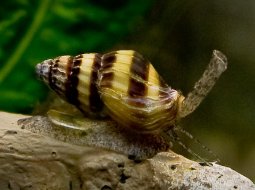
- Ph: 6 - 7.5
- Temperature (c°): 22 - 28
- Measures: 2 cm - 3cm
- Aquarium Capacity:
5 Liters - 1 Gallons - Alimentación: Carnivores, Snail
- Colores: Brown, Yellow
- Comportamiento: Active, Peaceful
- Habitad: Asian
- Morfología: Cuirass or Carapace, Thorns or pointed
- Preferencias del Acuario: Rocks, Sand
- Tamaño: Very small
- Taxonomía: Asian, Snail
- Tipo de Agua: Sweet water, Tropical waters
- Velocidad de nado o movimiento: Slow
- Zona de Nado: Aquarium background


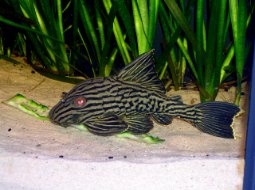

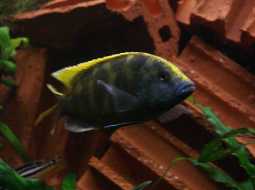
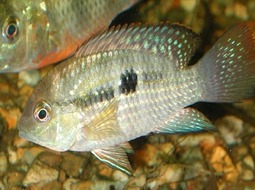
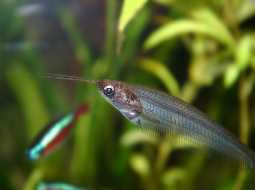



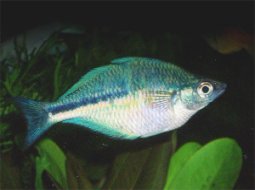



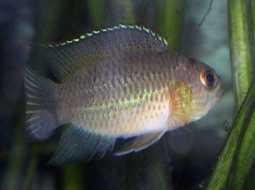

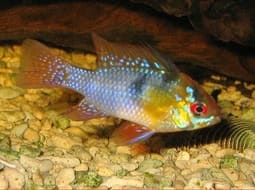
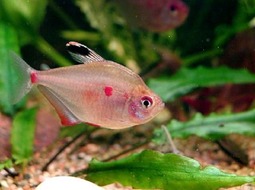
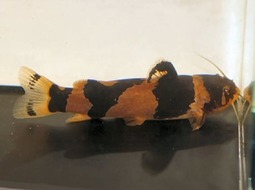


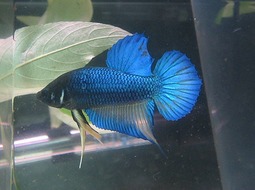

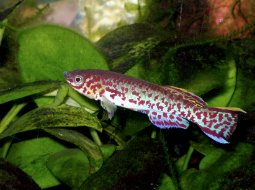



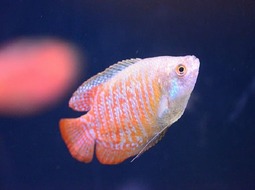
.jpg)
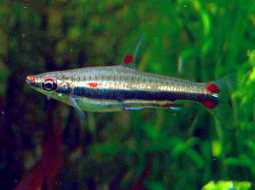

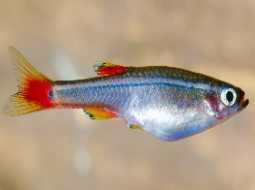

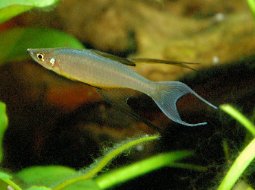

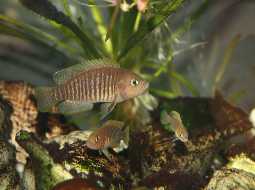



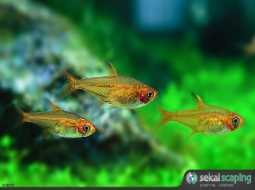

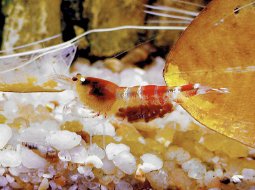


.jpg)

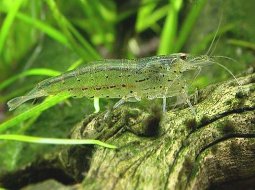
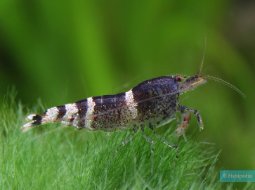
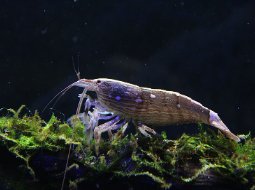




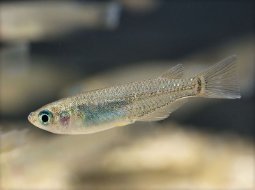

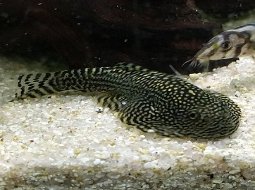


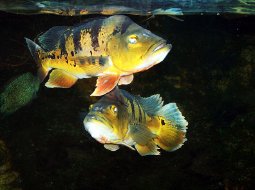
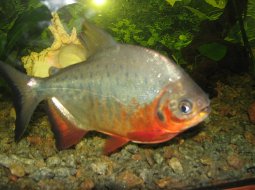


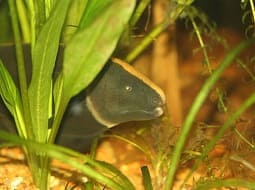


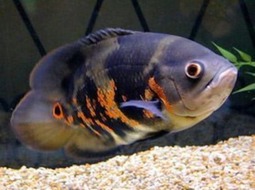






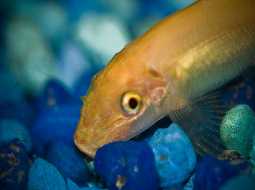
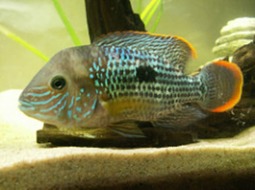
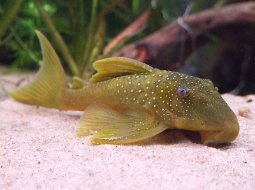
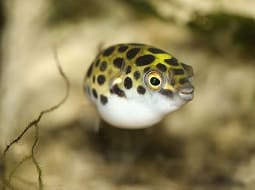


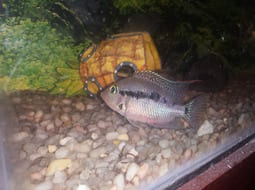

.jpg)

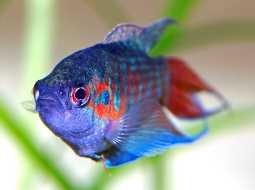




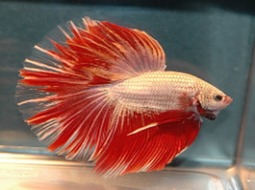
.jpg)
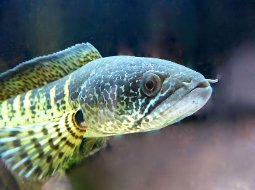
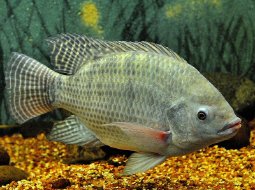
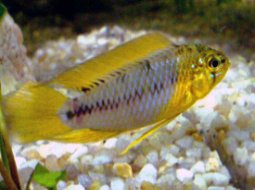









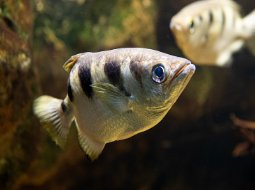

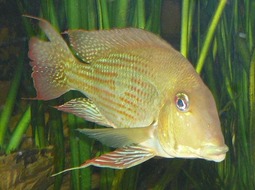
.jpg)
